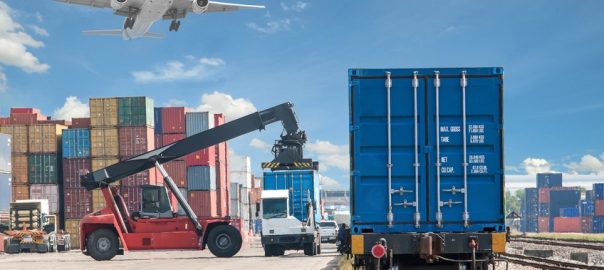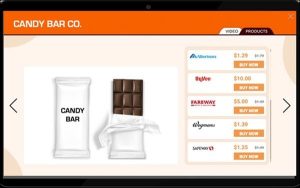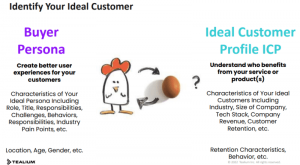
As any company begins to scale, problems with operations and distribution start creeping up. The CPG supply chain is no exception to this phenomenon. While budding consumer packaged goods businesses might have experienced success within their local distribution channels, it can become difficult to manage all the components of a supply chain when it comes time for national expansion. Nevertheless, maintaining healthy relationships with retailers and utilizing durable packaging will enable CPG companies to prosper on a national level.
Data Dominates
The end-retailer is perhaps the most critical player in any CPG supply chain. Brick-and-mortar stores are where the consumer comes into direct contact with your product(s). Therefore, it’s imperative to maintain strong relationships with the contacts at these locations. A report compiled by the Boston Consulting Group titled The Digital Future: A Game Plan for Consumer Packaged Goods highlights the need for data transparency across the entire supply chain in today’s CPG environment.
What data should remote teams be sharing with retailers in the first place? Scaling companies will want to demonstrate examples of past success in the retail space to new buyers, as well as uphold their relationships with current retailers. One pain point for suppliers and retailers is out-of-stock (OOS) instances, which cause both parties to suffer a loss in potential profit. Companies such as Crossmark use CPG software that allows remote teams to gather information about stock levels and submit replenishment orders directly from their mobile devices. Having this data from past retail audits at their fingertips helps CPG companies prove their ability to preserve supply chain continuity.
Scaling CPG companies may also want to share qualitative data with retailers. For example, photos of food and beverage merchandising materials or in-store promotions can be used to show the successful execution of field marketing activities that drive sales. Moreover, having photo documentation of shelf placement can be used as a negotiation tool with new retailers.
Using the Proper Packaging
As your business prepares for national distribution of its products, it’s crucial to consider how packaging will be affected. Expanded distribution means that products will be transported for longer distances before reaching their final destinations. Longer shipping distances could leave your product exposed to unpredictable weather conditions or force it to be temporarily stored in a warehouse. As a result, packaging for your small business needs to be lightweight, damage-proof, and shaped to fit comfortably in a shipping box.
Packaging will affect your business’s ability to sustain a cost-effective supply chain. Shipping and distribution costs might be impacted by the materials you choose to use in your packaging. Also, inventory costs that are based on the size of a packaged product will differ according to your packaging design.
Growth is a good thing for any company. However, it’s important not to underestimate how various aspects of your CPG business model will be altered as your products take the national stage, namely your supply chain strategy. Establishing and maintaining mutually-beneficial relationships with retailers, who are a vital component of the supply chain, has a direct bearing on sales. Product packaging needs may need modifications to withstand broadened distribution channels. Keeping these factors in mind will set your CPG company up to be profitable in the national marketplace!
Business & Finance Articles on Business 2 Community
(51)




